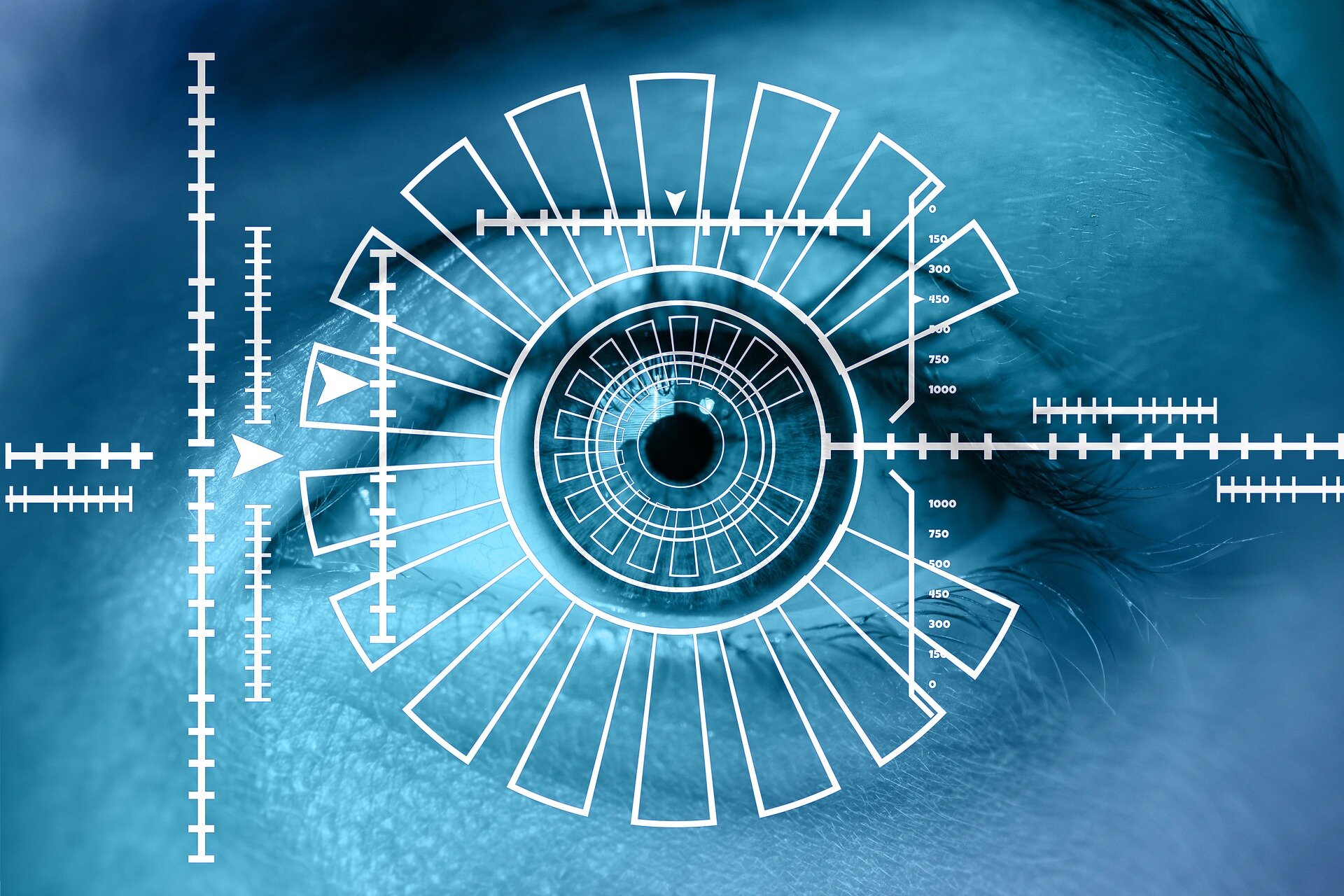
Even when we think we are holding our gaze perfectly still, our eyes make tiny, involuntary movements. While these “fixational eye movements” might seem like they would blur our vision, new research reveals they actually help us see fine details more clearly.
In a study combining theoretical modeling and human experiments, IOB researchers and their collaborators from the École Normale Supérieure in Paris, the Bonn University Hospital and the University of Bonn (Germany) have uncovered how these microscopic eye movements enhance rather than impair our visual acuity.
Using advanced eye-tracking technology and computational models, the team demonstrated that these movements help our retinas process visual information more effectively. Their paper is published in the Proceedings of the National Academy of Sciences.
“It is a fascinating paradox,” says Professor Rava Azeredo da Silveira, one of the study’s lead researchers. “These constant, tiny movements of our eyes might appear to make our vision less precise, but they actually optimize the way our retinas encode visual information. We found that humans naturally maintain these movements within a nearly perfect range for enhanced visual acuity.”
“We were able to show that these movements help by ‘refreshing’ the content of our visual receptors while maintaining an optimal balance between motion and stability. We also found that in the experiment, the movements adapt to the size of the object shown,” explains co-corresponding author Dr. Wolf Harmening. This finding could have important implications for understanding visual processing and developing new treatments for vision disorders.
The study was conducted using a sophisticated adaptive optics scanning laser ophthalmoscope, allowing researchers to track these minute eye movements with unprecedented precision while participants performed visual tasks. The researchers then combined theoretical modeling with empirical data to link eye movements to retinal neural coding and human behavior.
More information:
Trang-Anh E. Nghiem et al, Fixational eye movements as active sensation for high visual acuity, Proceedings of the National Academy of Sciences (2025). DOI: 10.1073/pnas.2416266122
Provided by
Institute of Molecular and Clinical Ophthalmology Basel (IOB)
Citation:
The secret behind sharp vision: New research reveals the benefits of tiny eye movements (2025, February 11)
retrieved 11 February 2025
from https://medicalxpress.com/news/2025-02-secret-sharp-vision-reveals-benefits.html
This document is subject to copyright. Apart from any fair dealing for the purpose of private study or research, no
part may be reproduced without the written permission. The content is provided for information purposes only.




